Plasmodia are known to cause malaria and are transmitted by the Anopheles mosquito to a host, where they reproduce parasitically. Plasmodium vivax is one of four malaria pathogens. The form of malaria caused by the parasite is so-called malaria tertiana, which is considered the milder form of the disease.
What is Plasmodium Vivax?
Plasmodia belong to the class of sporozoa. The new system assigns the pathogens to the Apicomplexa strain. All plasmodia can be transmitted by the so-called Anopheles mosquito. The protozoa correspond to malaria pathogens. As parasites, they colonize the host's red blood cells and feed on hemoglobin, the red blood pigment.
The hemoglobin turns into hemozoin as the infection progresses. This transformation manifests itself in the affected blood cells as a blackish brown pigment. When erythrocytes (red blood cells) break down, toxic breakdown products are released. These toxins cause the characteristic febrile attacks of malaria.
Plasmodium vivax corresponds to one of a total of four unicellular organisms of the Plasmodia family. The unicellular organism is associated with malaria tertiana. The pathogen is mainly distributed in tropical and subtropical areas.
In the past, Plasmodium vivax was also widespread in Germany and was then associated with marsh fever. The malaria tertiana caused by the pathogen corresponds to a rather benign form of malaria, which is different in its course from malaria tropica and is usually not life-threatening.
Instead, infections with Plasmodium vivax or infections with malaria tertiana are relatively common. The spread is around 100 to 400 million new cases per year.
Occurrence, Distribution & Properties
Like all other malaria parasites, Plasmodium vivax is transmitted through the bite of female Anopheles mosquitoes. Plasmodium vivax occurs as a malaria parasite mainly in the west of the Pacific, but is also widespread in South America.
A characteristic of all plasmodia is the alternation of sexual and asexual reproduction, which is entitled with the concept of generation change. Host changes take place. The first of the developmental phases in human infection is the schizogony phase. The malaria pathogens reach the host's body in the form of so-called sporozoites. They settle in the liver tissue, where they become schizonts in hepatocytes.
After the schizonts disintegrate, the pathogens are in the form of merozoites that reach the blood from the liver and colonize the red blood cells there. Within the erythrocytes, the pathogens become further merozoites via the blood schizont stage. A certain proportion of these merozoites does not reach the endurance state of the schizonts, but develops into microgametocytes and macrogametocytes. When a mosquito bites again, these individual gametes are transferred back to the insect, in whose intestines they mature into full gametes and fuse as part of sexual reproduction.
A zygote then infiltrates the mosquito's intestinal wall and creates an oocyst. This oocyst is maturing. As a result of now asexual division, 10,000 sporozoites can arise from the oocyst. Oocysts burst free the sporozoites. The sporozoites are transferred back to a human or animal host from the salivary glands of the female mosquito.
Like all Plasmodia, Plasmodium vivax goes through different stages of development. In the form of liver schizonts, the pathogens have a round or oval shape and measure up to 50 micrometers.
In the course of reproduction in a host organism, plasmodia pathogens usually infect a single cell multiple times and give rise to trophozoites. At this stage of development, the host's erythrocytes swell. In addition to the characteristic increase in size, the blood cells undergo further changes and acquire a typical color, which is also known as Schüffner stippling. The change in color is negligible in the case of infections with Malaria Tertiana. In other forms of malaria, the stippling is clearly more noticeable.
The trophozoites are endowed with amoeboid cytoplasm. In each mature blood schizont there are more than 15 merozoites. Immature gametocytes of Plasmodium vivax are not equipped with amoeboid cytoplasm.
Illnesses & ailments
Plasmodia of the species vivax are described as obligate human pathogens and therefore cause tertian malaria. The incubation period is up to three weeks after the bite of an infected mosquito. With chemoprophylaxis, incubation times of months occur.
At the beginning of the infection, the patients suffer from cyclical attacks of fever with a three-day fever rhythm. There is a fever-free day between fever days. A fever attack is initiated by the so-called frost phase, which usually lasts an hour. The patient's body temperature increases sharply at this stage.
The subsequent heat phase often lasts for four hours and is accompanied by burning sensation, nausea, tiredness and vomiting. In many cases, the patient's body temperature exceeds 40 degrees Celsius.
Sweats occur during the third phase of infection. This last phase usually lasts around three hours. The patient's temperature gradually normalizes during this phase. The patient is slowly recovering. After a fever-free day, the next fever occurs. As a rule, tertian malaria patients do not suffer from life-threatening general conditions.
A prophylactic vaccination against Malaria Tertiana does not yet exist. Therefore, traveling to high-risk malaria areas is generally not recommended. If a trip is made to the relevant areas, chemoprophylaxis is required.
Malaria medication, such as quinine, can be carried along in case of infection. Quinine acts on the schizonts in the blood, kills the pathogens and stabilizes the person affected. Synthetic agents are also available against malaria pathogens. In the meantime, however, the pathogens have developed immunity against the synthetic drugs in many ways.



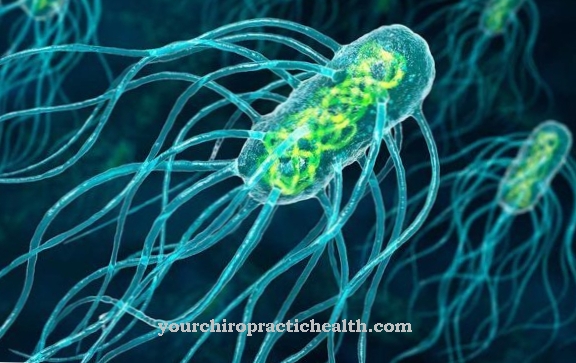
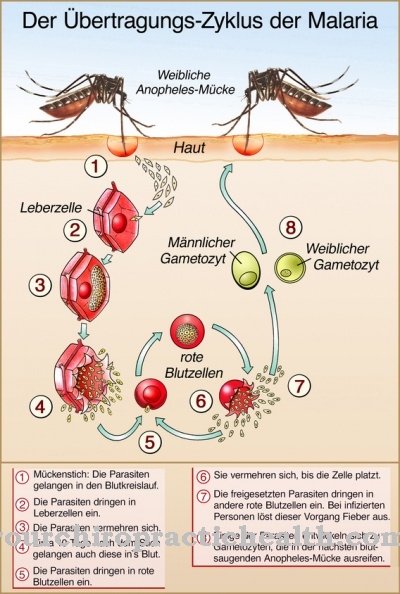
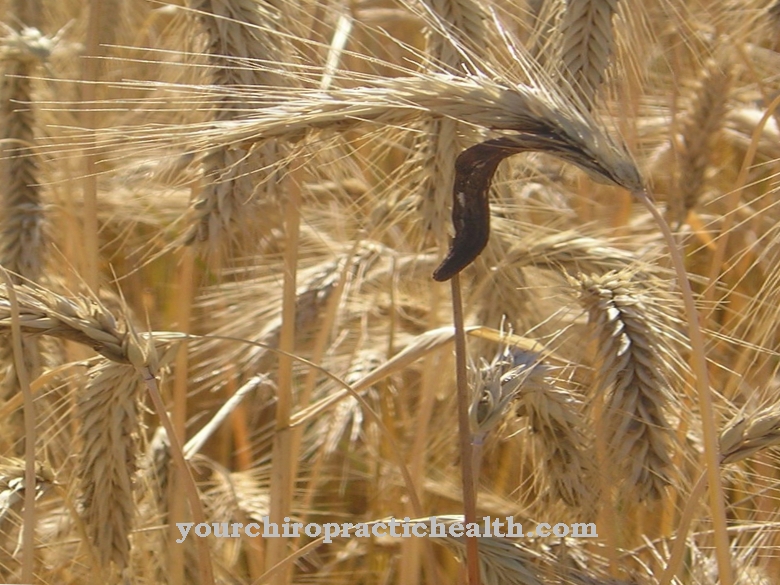


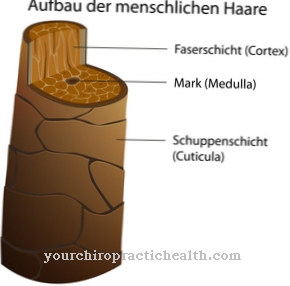

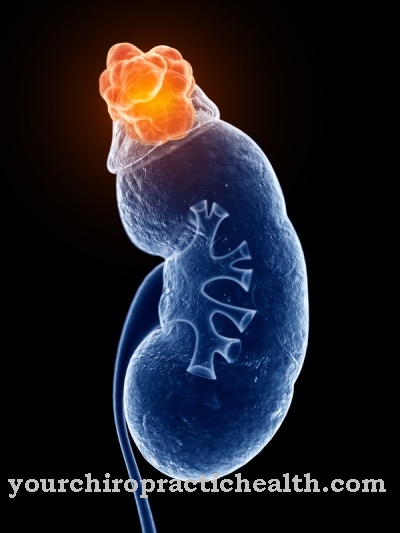





.jpg)


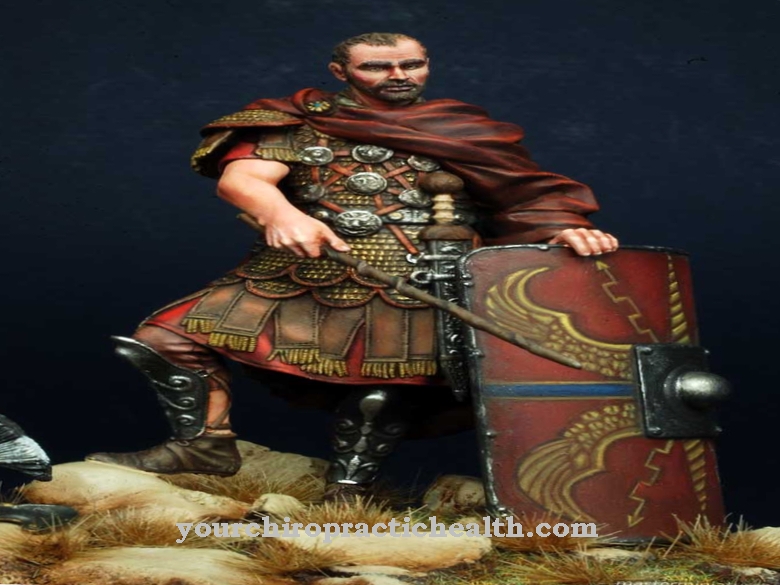


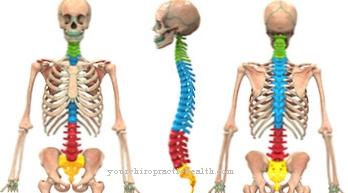
.jpg)


.jpg)

